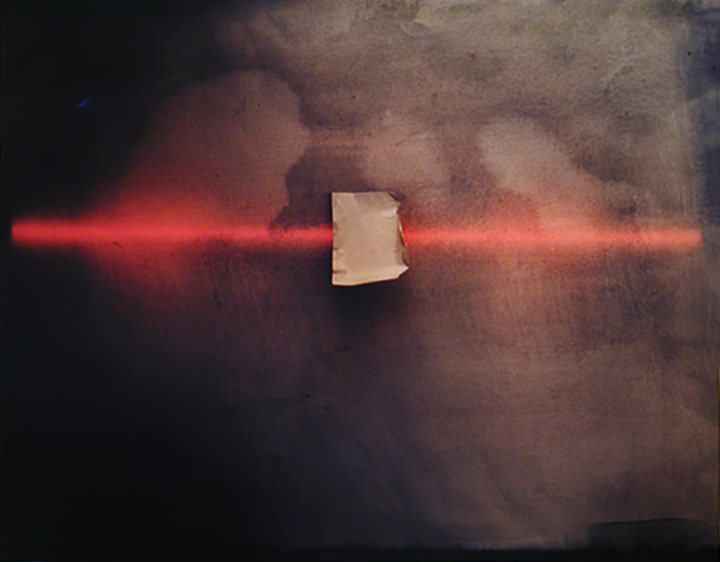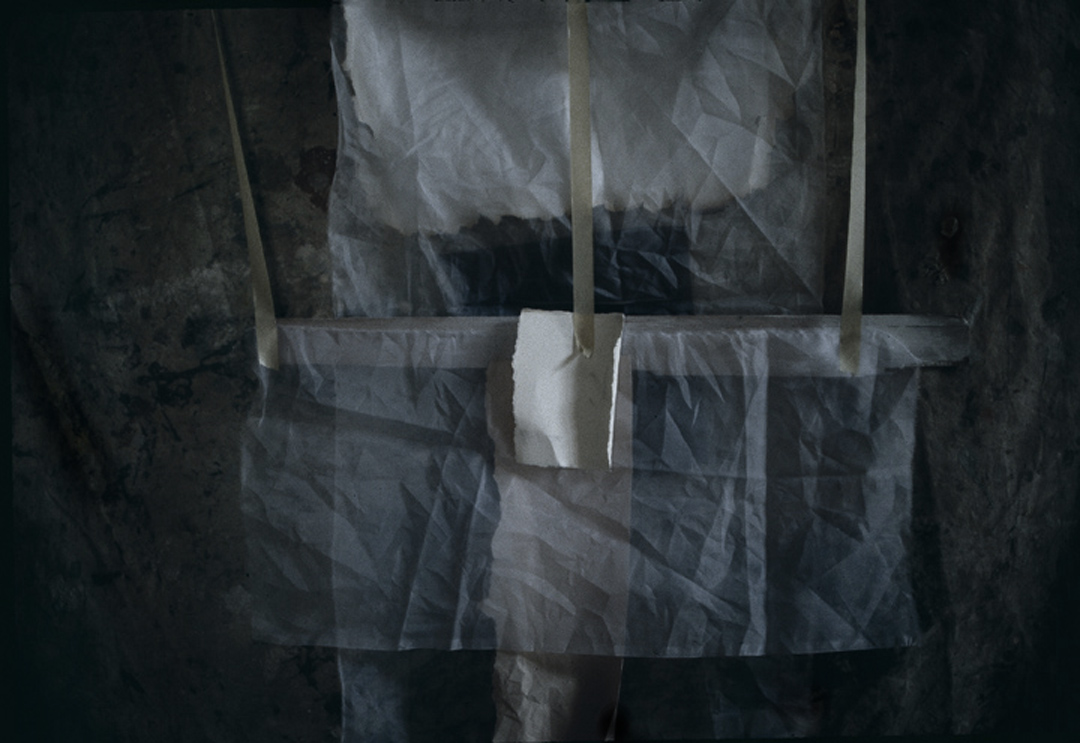




















Your Custom Text Here
The traditional art of photography captures the world around us in personal impressions that turn into accessible, intimate experiences. Masters like Cartier-Bresson, Diane Arbus and Brassai are generally drawn to portraits or intimate moments between people that take on a greater meaning, because of the eye of the photographer.
Ronald Chase’s eye, on the other hand, is predominantly interested in creating abstract works for the photograph. In his most unusual series he deals with integrating photography with painting & film –the form, composition and color from painting, and the idea of movement associated with film. Often these images confuse the viewer—is this a photograph of a work of art? The answer will be no, it is a work of art created for the photograph itself.
Chase’s photo series cover a variety of themes ––the artist’s lifelong interest in nature, nude figures, neon, and opera has developed into the works that often have powerful effect. They bring something unusual into focus––often melancholic, brooding or moods which reflect paintings of the past. The images can remind the viewer of moments in their own past—a book, a detail they’ve observed, a feeling they once had.
Between 1969 and 1980 Chase traveled back and forth to Europe for work for his ideas for film and projection in opera. The thousands of slides he produced for various productions led him to Germany, France, Italy, Belgium and England. Slowly he developed his ideas about a new direction for his photographs. A stay in Venice led to “on site” works (Graffiti Di Venezia), and to a series of objects and visual moments from various countries. (Auslander).
In the late 70’s he began to experiment with the new xerox technique, opening the machine and adjusting settings to his monochromatic series of male nudes. Caught in motion, and with texture exaggerated by the xerox techniques led to his first series of serious work. This work entered the collections of the Rochester Memorial Art Gallery, the George Eastman House, and the Metropolitan Museum of Art among others and gave him the encouragement to pursue his ideas. He was given a one-man show at the George Eastman House in 1984 with this xerox work.
Throughout the 80’s he continued to work in color. Series that continued his interest in objects that might have special meaning in people’s lives. His fascination with early books (Bookbinder); with nature (Still lifes); tromph-oeil (for W.H) culminated with the Fragonard series.
Most of Chase’s works came about after he had enjoyed liberating experiences in Paris (The Other Paris, Gray Paris, My Paris), Venice (Graffiti Di Venezia), Spain (Spanish Series), and Budapest. As someone who has dedicated his life to exploring recurring motifs throughout the world, these works can make viewers deeply engaged. It is for this reason that an abundance of his photographs has been exhibited at the Rochester Memorial Art Gallery and the George Eastman House.
By making these collections available on this website he continues to make a contribution to the development of photography by bringing it closer to young generations.
These various series reflect many of the essential tools of photography.
context
change
transformation
simplicity
aesthetics
No matter whether it is developed through the experiments with color settings, abstract imagery, or arrangement of elements, Chase’s style always reflects the tools mentioned above. They help the artist convey the meanings behind his works and a consistency of his vision.
Ronald Chase also often relies on the techniques of still life photography, which is another characteristic feature of his artistic style. He believes this way of object depiction is synonymous with honesty and clarity.
To better understand this work, contemplation and intospection are helpful.
590 Tahoe Keys Blvd, South Lake Tahoe, CA 96150